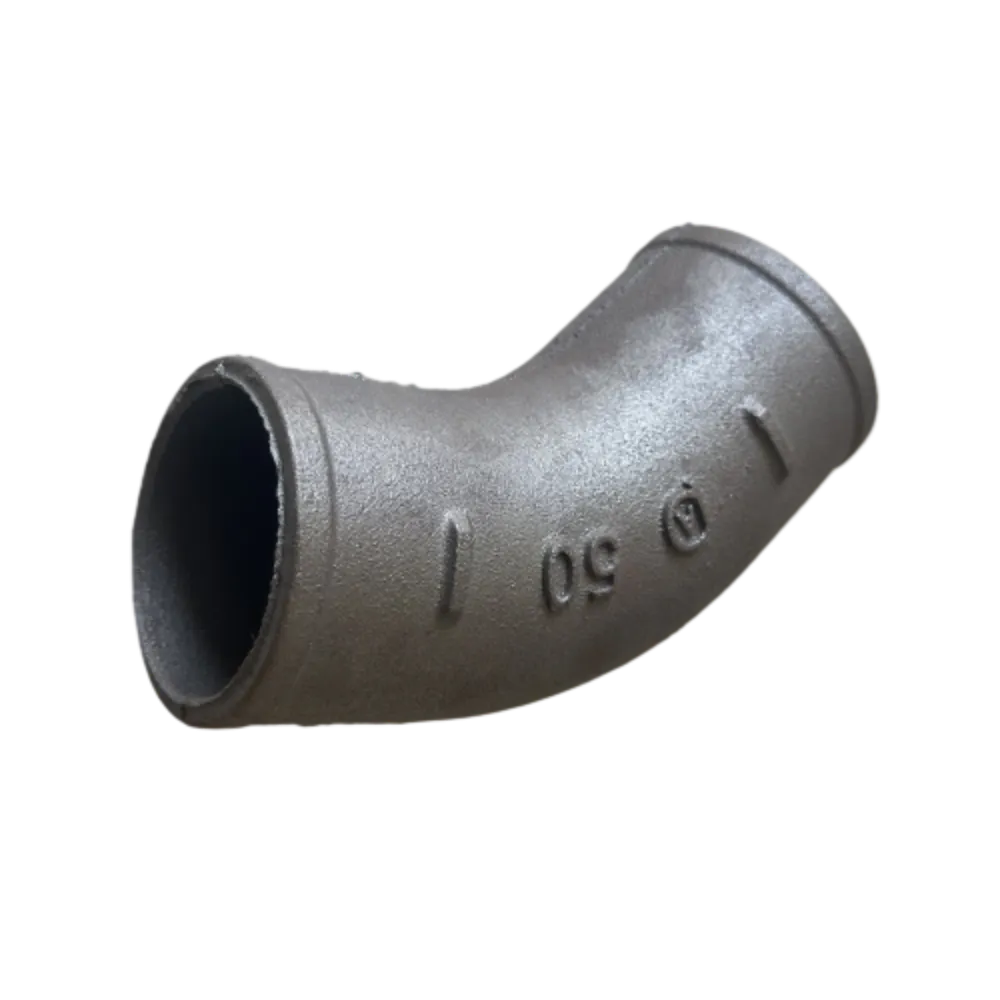iron ornamental
The Allure of Iron Ornamental Designs A Timeless Craft
Iron ornamental design represents a captivating blend of artistry and functional utility that has stood the test of time. As a material, iron has been utilized for centuries in various cultures, not only for its strength and resilience but also for its versatility in design. Today, iron ornamental works can be found in many forms, from intricate railings, gates, and fences to stunning sculptures and architectural details. This article delves into the history, craftsmanship, and contemporary relevance of iron ornamental designs.
A Historical Perspective
The use of iron in decorative arts can be traced back to ancient civilizations. The Greeks and Romans were among the first to employ iron in both functional and aesthetic capacities, often incorporating it into their architectural masterpieces. As civilizations evolved, so did the techniques and designs associated with ironwork. The Middle Ages saw an influx of ornamental ironwork in churches and castles, highlighting religious iconography and heraldry.
The onset of the Renaissance brought a renewed interest in aesthetics and craftsmanship, leading to the emergence of more intricate iron designs. This period celebrated the artistry of blacksmiths, who showcased their skills through elaborate gates, balconies, and window grilles adorned with spirals, floral motifs, and geometric patterns. The Industrial Revolution further transformed ironwork by mass-producing some of these designs, making ornamental iron available to a broader audience.
Craftsmanship The Art of Blacksmithing
The creation of ornamental iron is a labor-intensive process that requires a unique blend of technical skill and artistic vision. Blacksmithing, the traditional craft associated with ironwork, involves shaping and manipulating heated iron to create both functional and decorative items. The blacksmith must possess a deep understanding of the material's properties and the techniques required to mold it into elaborate designs.
Modern blacksmiths often incorporate traditional methods while also exploring innovative techniques and technologies. For instance, welding, casting, and modern finishing processes have allowed for more complex designs that were not possible in earlier centuries. Despite these advancements, the essence of blacksmithing remains rooted in the individual’s craftsmanship, creativity, and attention to detail.
iron ornamental

Every piece of ornamental ironwork tells a story, reflecting the artisan’s heritage and the cultural context from which it originates. From delicate scrollwork to robust structural components, ornamental iron not only serves a purpose but also enhances the aesthetic appeal of the surroundings.
Contemporary Applications
In today's architectural landscape, iron ornamental designs continue to be favored for their timeless elegance and durability. Homeowners and designers often seek to integrate ironwork into modern settings, finding it an ideal complement to various architectural styles, from traditional to contemporary.
Iron railings, balconies, and gates not only provide security but also serve as stunning focal points for residential and commercial properties. Many designers are now exploring the fusion of ornamental iron with other materials such as glass, stone, and wood, creating harmonious blends that result in striking visual compositions.
Furthermore, the resurgence of interest in artisanal crafts has led to a renewed appreciation for bespoke ironwork. As people seek unique, handcrafted pieces that resonate with their individual tastes, custom iron designs are becoming highly sought after. This trend celebrates the craftsmanship involved and encourages a deeper connection between the creator and the consumer.
Conclusion
Iron ornamental design is a beautiful manifestation of human creativity and craftsmanship that transcends time and trends. Its rich history, rooted in ancient traditions, and its modern applications reflect a versatile art form that continues to inspire. As we embrace sustainable living and artisanal practices, the significance of iron ornamental designs remains relevant, reminding us of the beauty that can be fashioned from raw materials. Whether through intricate gates or delicate scrolling, ornamental ironwork enriches our environments, adding character and charm that speaks to both history and innovation. Such designs not only fulfill a practical purpose but also elevate our spaces, making them timeless yet enduring.
-
Wrought Iron Components: Timeless Elegance and Structural StrengthNewsJul.28,2025
-
Window Hardware Essentials: Rollers, Handles, and Locking SolutionsNewsJul.28,2025
-
Small Agricultural Processing Machines: Corn Threshers, Cassava Chippers, Grain Peelers & Chaff CuttersNewsJul.28,2025
-
Sliding Rollers: Smooth, Silent, and Built to LastNewsJul.28,2025
-
Cast Iron Stoves: Timeless Heating with Modern EfficiencyNewsJul.28,2025
-
Cast Iron Pipe and Fitting: Durable, Fire-Resistant Solutions for Plumbing and DrainageNewsJul.28,2025
-
 Wrought Iron Components: Timeless Elegance and Structural StrengthJul-28-2025Wrought Iron Components: Timeless Elegance and Structural Strength
Wrought Iron Components: Timeless Elegance and Structural StrengthJul-28-2025Wrought Iron Components: Timeless Elegance and Structural Strength -
 Window Hardware Essentials: Rollers, Handles, and Locking SolutionsJul-28-2025Window Hardware Essentials: Rollers, Handles, and Locking Solutions
Window Hardware Essentials: Rollers, Handles, and Locking SolutionsJul-28-2025Window Hardware Essentials: Rollers, Handles, and Locking Solutions -
 Small Agricultural Processing Machines: Corn Threshers, Cassava Chippers, Grain Peelers & Chaff CuttersJul-28-2025Small Agricultural Processing Machines: Corn Threshers, Cassava Chippers, Grain Peelers & Chaff Cutters
Small Agricultural Processing Machines: Corn Threshers, Cassava Chippers, Grain Peelers & Chaff CuttersJul-28-2025Small Agricultural Processing Machines: Corn Threshers, Cassava Chippers, Grain Peelers & Chaff Cutters












